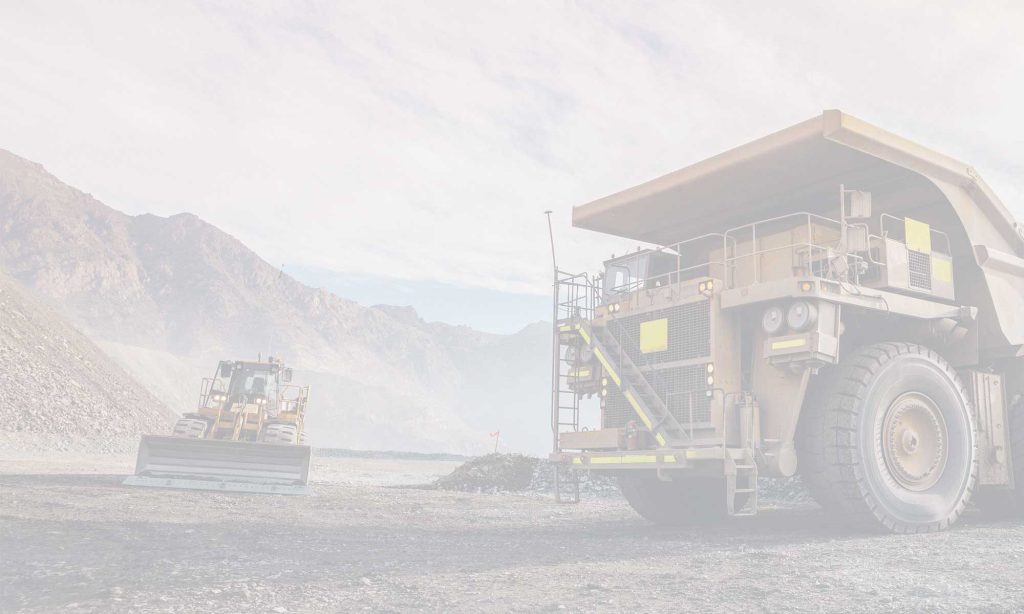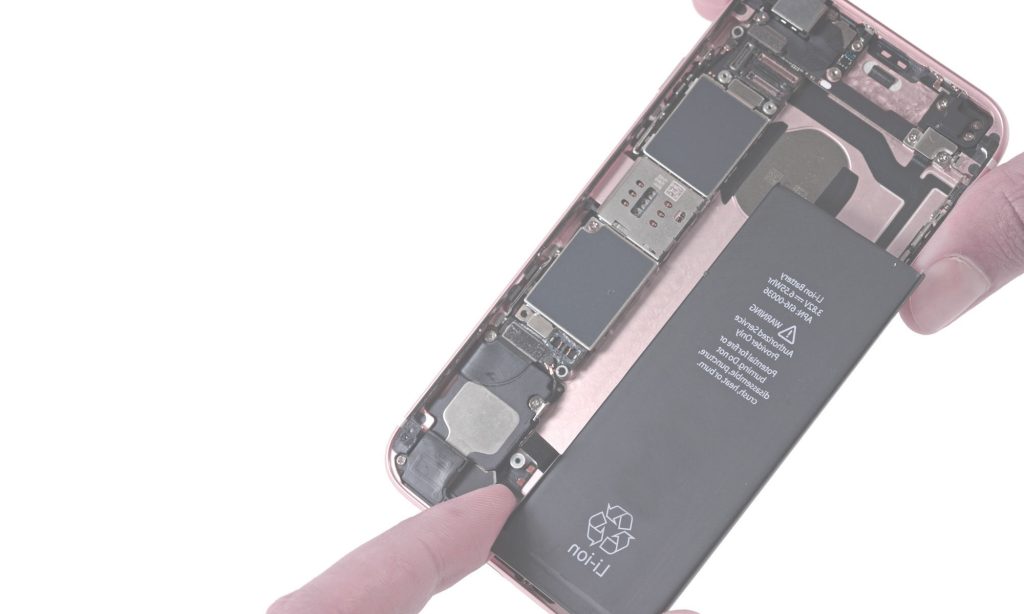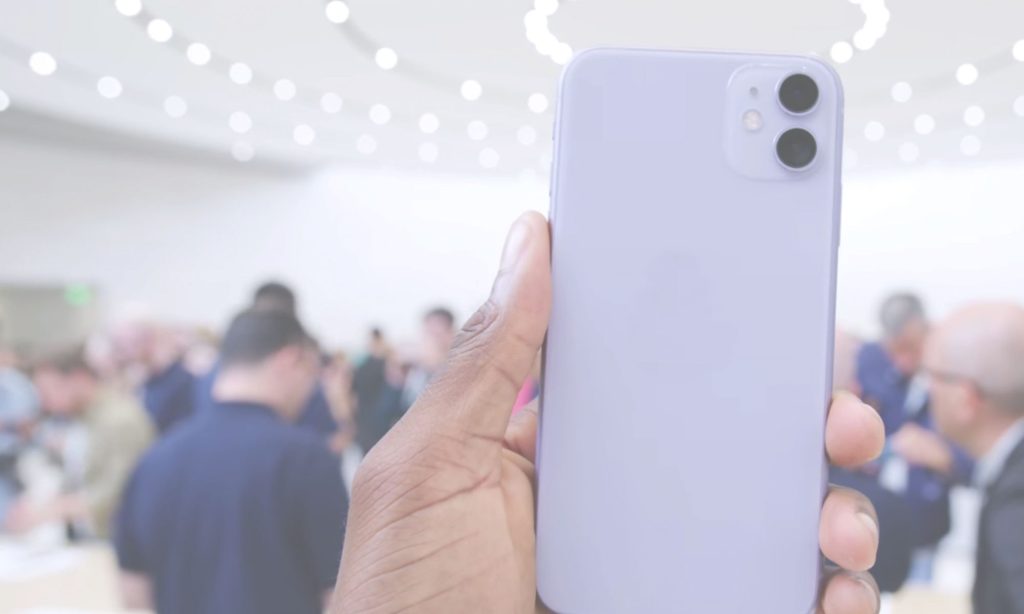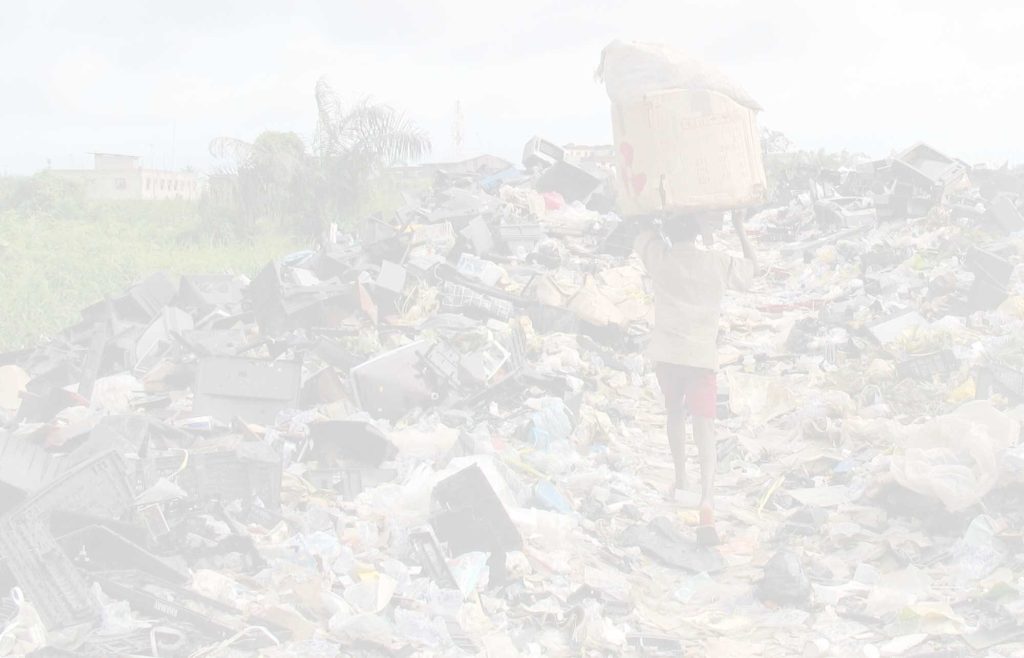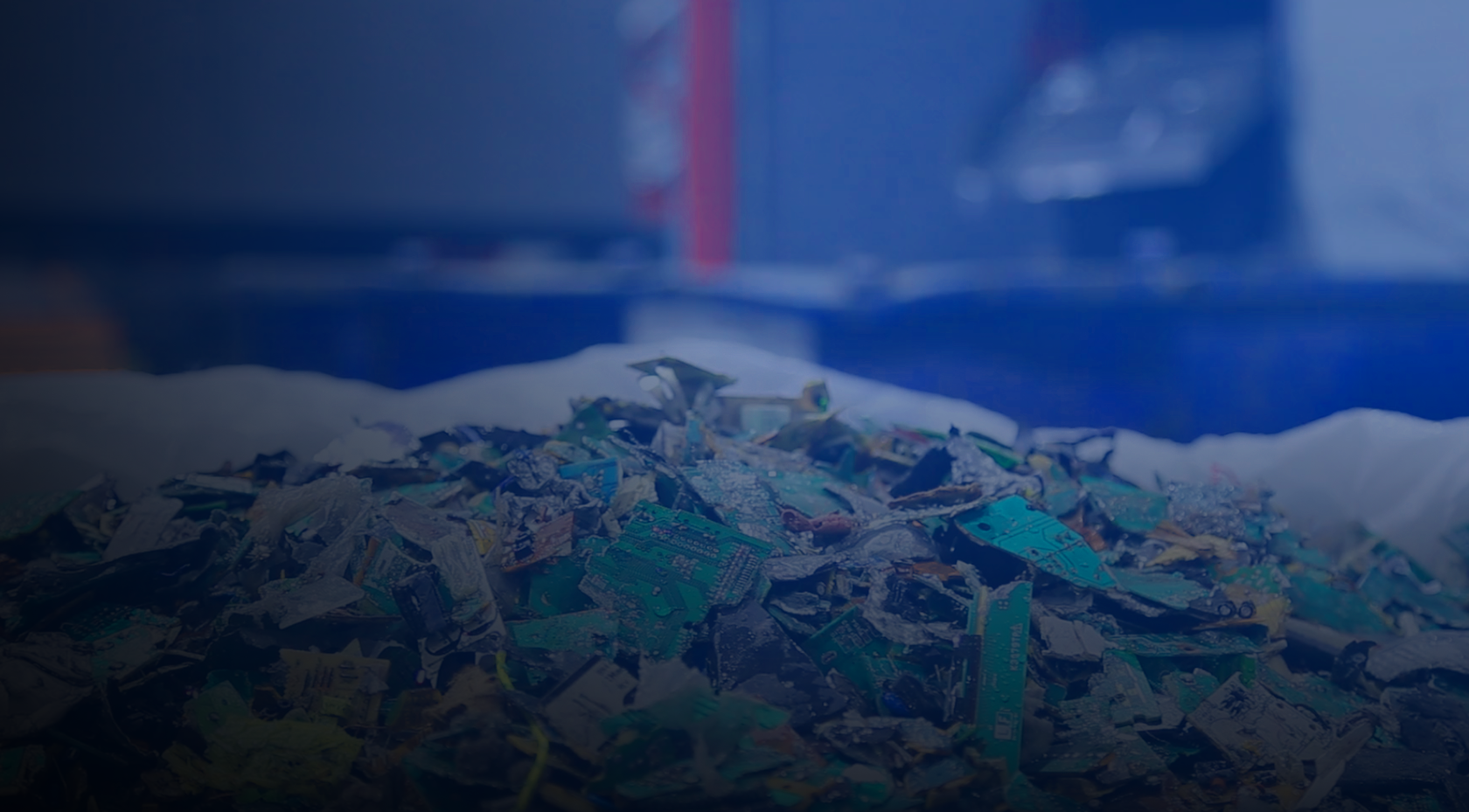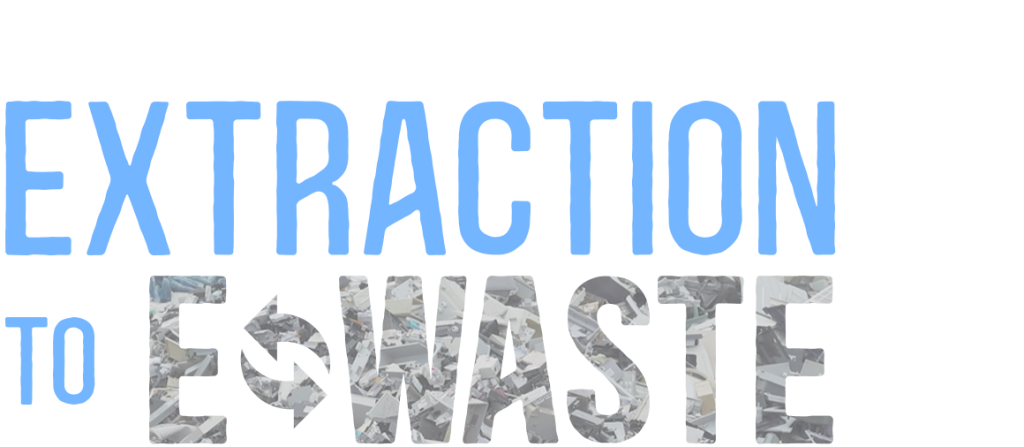
Safe and sustainable cities will depend on lithium-ion batteries to power our modern lives. But what are the costs?

Brought to you by

Overview
Donec quis auctor purus. Aenean a elementum nisl, sed consectetur libero. Nam tristique pellentesque sem, et porta neque consequat quis. Nullam euismod nisl ut turpis faucibus, quis fermentum risus dapibus. Duis quis porta velit.
In-class Resources
This topic includes stand-alone resources that can be used on their own or in combination with each other.
Popular
For Students
For Educators
Powered by
safety science & education experts
UL Research Institutes is a leading independent safety science organization with global reach that is committed to building a safer, more sustainable world. ULRI’s Institute for Research Experiences & Education focuses on bringing current and future generations into the world of safety science through resources, platforms, and programs guided by educational research.
